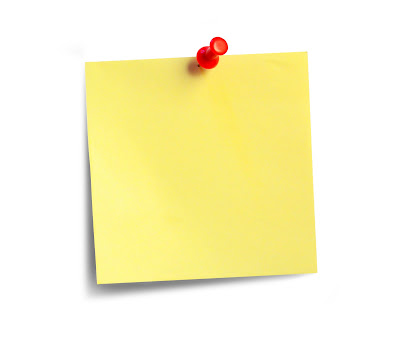 Step1: Connect to your Blogger account and click "Layout" in the "Dashboard."
Step1: Connect to your Blogger account and click "Layout" in the "Dashboard."Step2: Select "Add a Page Element" and choose the function you want to use as your "sticky post." For example, if you would like to announce an ongoing contest, you can choose "Text" and enter the details. "Text" allows you to add and edit HTML. By selecting "HTML/JavaScript," you also can choose to link to a previously written, archived post that gives the written details of the contest.
Step3: Complete the "Add a Page Element" template, click and drag the item to the "Blog Posts" section.
Step4: Click "Preview" to make sure the sticky post appears at the top of the page. Then click "Save."
Step3: Complete the "Add a Page Element" template, click and drag the item to the "Blog Posts" section.
Step4: Click "Preview" to make sure the sticky post appears at the top of the page. Then click "Save."
- You can create more than one "sticky post."
- Using a "sticky post" is an effective way to drive traffic to additional sites you may have, such as another blog or online retail shop.
- “Sticky posts" have no expiration date. To remove a "sticky post," simply click "Remove Page Element."

7 comments:
Way cool info. Thanks!
~Lily
I love info like this! Thanks.
Well, I never thought of it that way!
Went right back to my blog and followed your directions. Thanks so much!
Is it possible for people to leave comments under the sticky post?
dree,
I think it is possible to have the comments to the linked blog post only...I don't see/think you could post to a sticky using this method--I'm trying to see if there is another way....
Thanks for the info!
Post a Comment